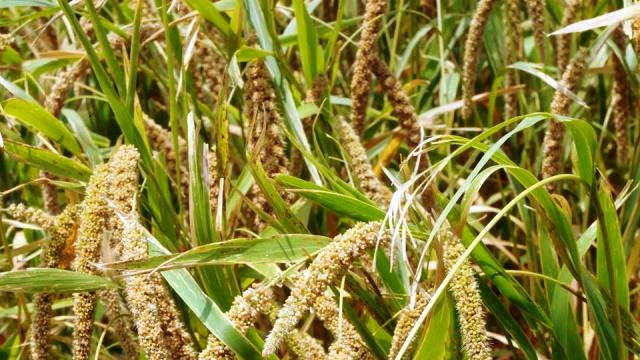Bargarh: Here is good news for millet farmers in Bargarh. They will no more face problems in selling their produce as the government has decided to open millet procurement centres across the district.
The district administration has decided at meeting that millets will be purchased from farmers in the same manner as paddy is procured in the district. The millet procurement centres are expected to give further boost to farming in this tribal-dominated district.
The decision was taken in view of the fact that millet farming is witnessing growing acceptance among tribal farmers in the district, thanks to the Millets Mission. The meeting was presided over by ADM Mirdha Toppo.
Speaking on millet cultivation, district agriculture officer Santosh Kumar Maharana said that in the current year, millet has been raised in 2,504 hectares. A target has been set to procure 443 quintals of millet from 4,422 farmers.
It was decided that millet will be procured for Rs 3,377 per quintal by the Tribal Development Cooperative Corporation of Odisha Limited (TDCCOL).
So far, five farms have been registered by the Millets Mission and these will take part in millet procurement, while the local regulatory marketing committees will examine the quality of millets.
According to reports, millet farming is expanding in blocks like Bijepur, Gaisilet, Padmapur and Paikamal.
The district agriculture officer said that three millet procurement centres will be opened in each block so as to make it easy for the farmers to sell their produce in their respective localities.
However, the administration has put a ceiling on millet procurement.
A farmer will be allowed to sell only two quintals of millet. The procurement farms will credit the payment of millet into the accounts of the farmers linked to TDCCOL within three days of the procurement.
The ADM has directed the officials concerned to ensure that millet farmers do not face any problem during procurements.
The state government launched the Odisha Millets Mission (OMM) in 2017, targeting its promotion in seven districts with the highest tribal population in its initial phase.
The programme was subsequently expanded in 76 blocks of 14 districts. Farmers are trained on following improved practices in millet cultivation.
PNN







































